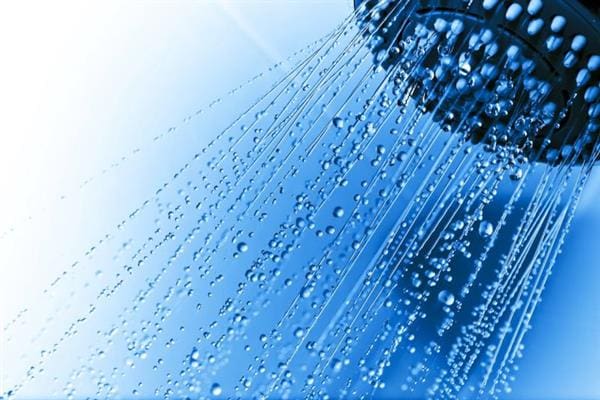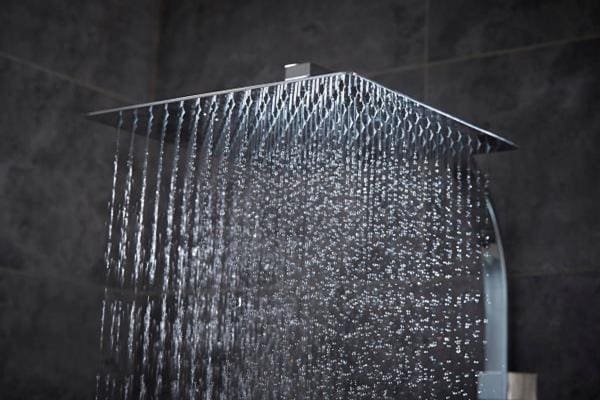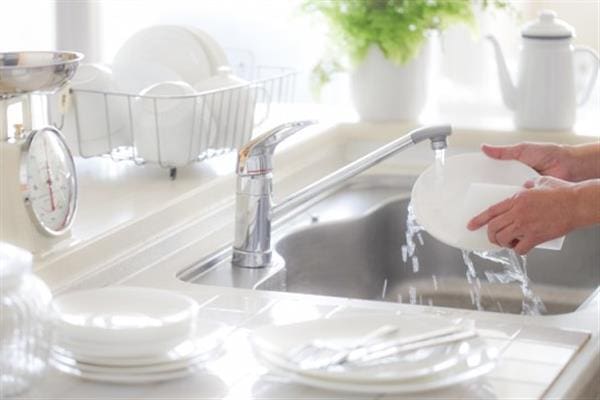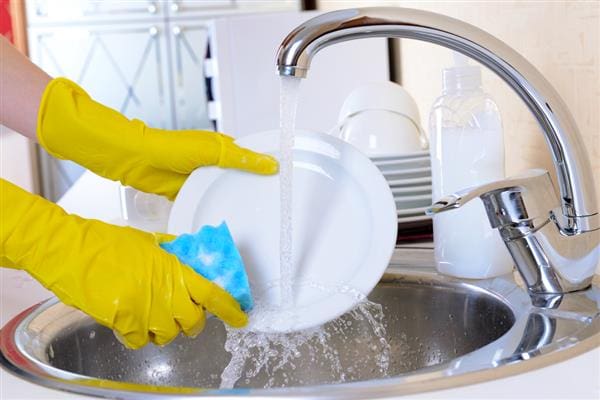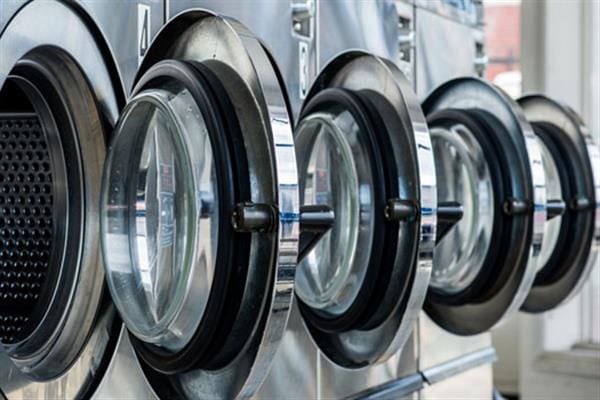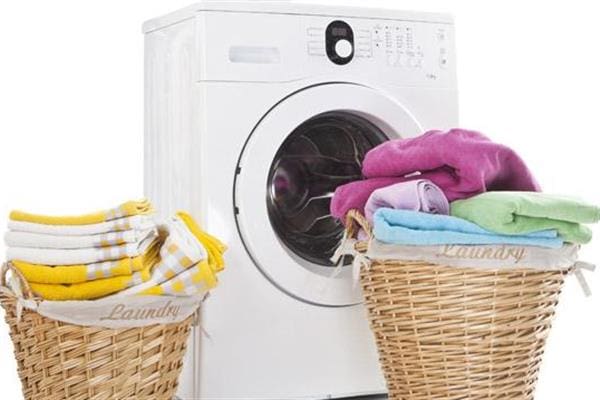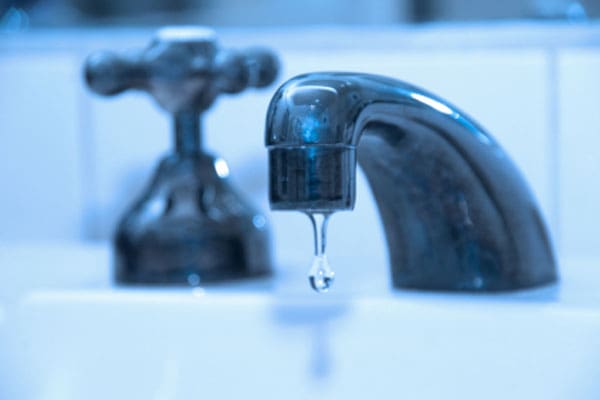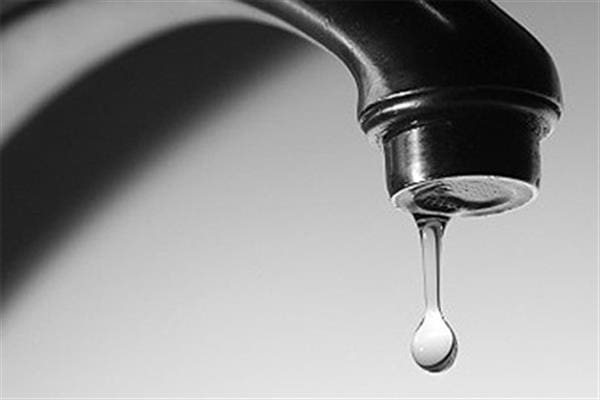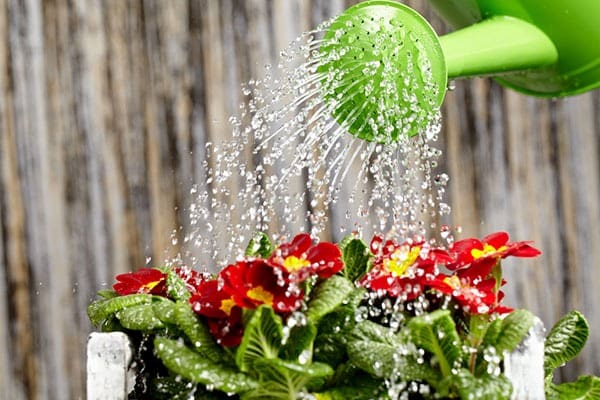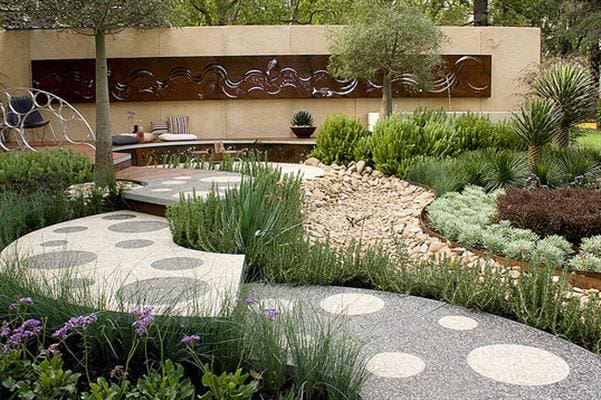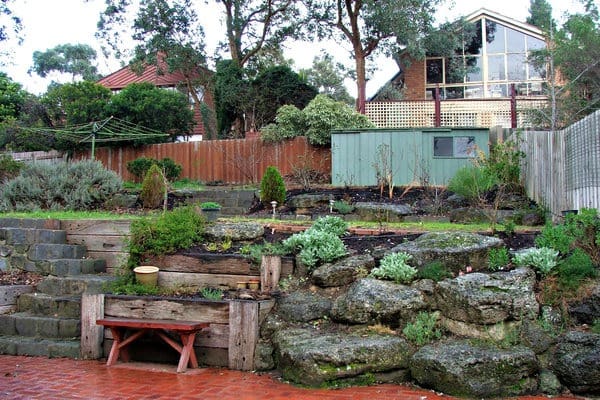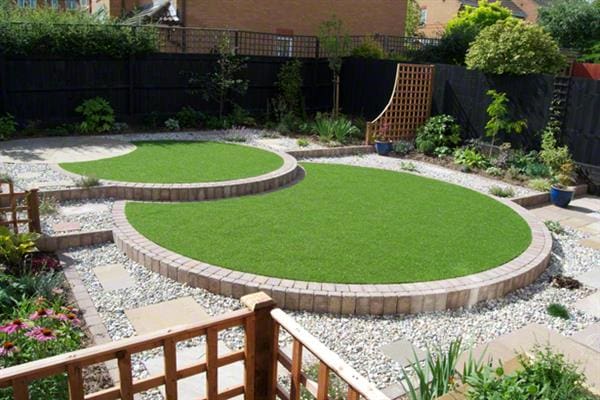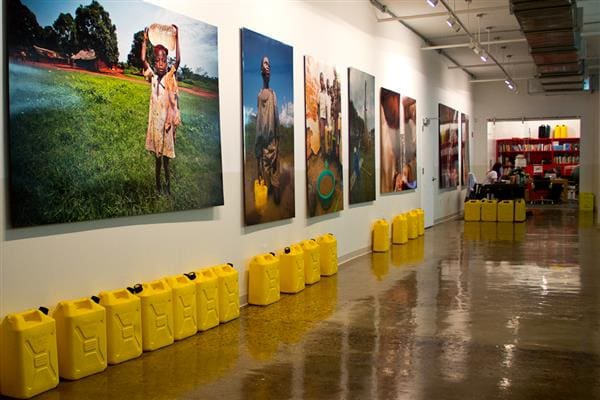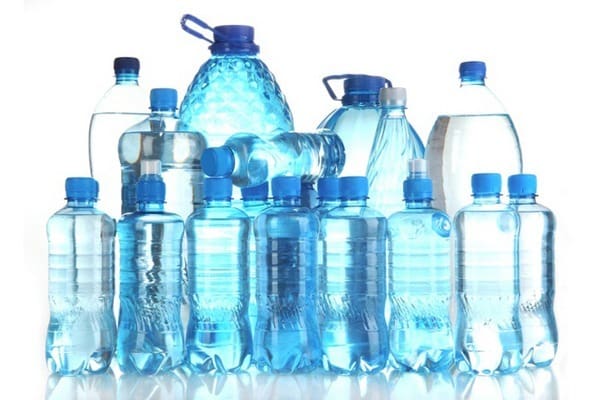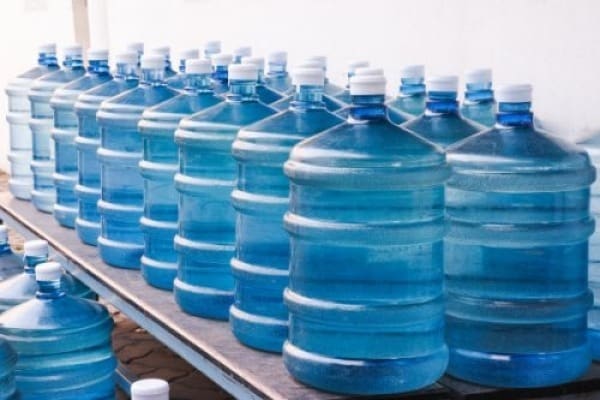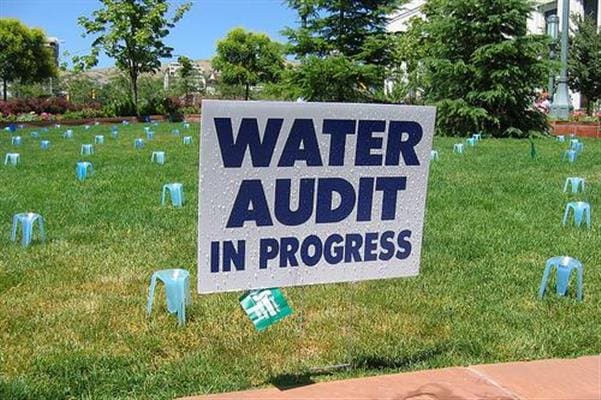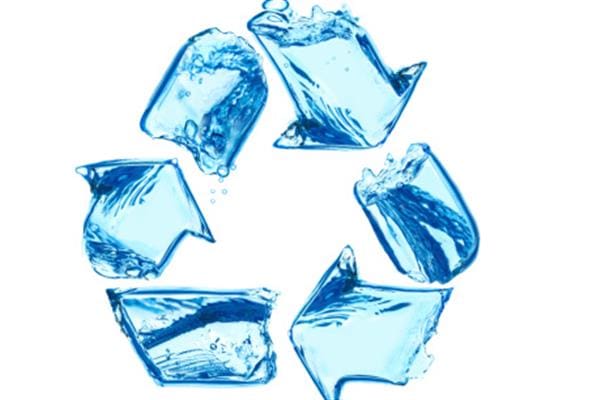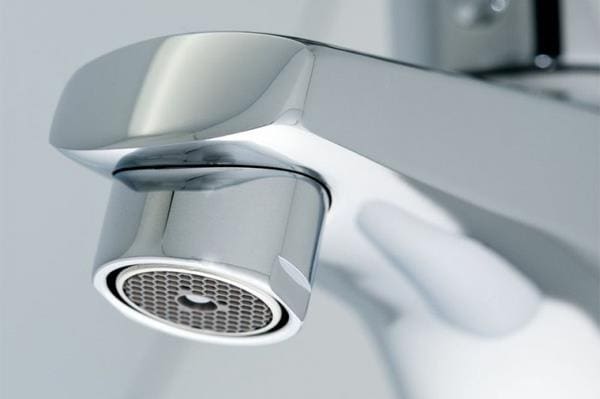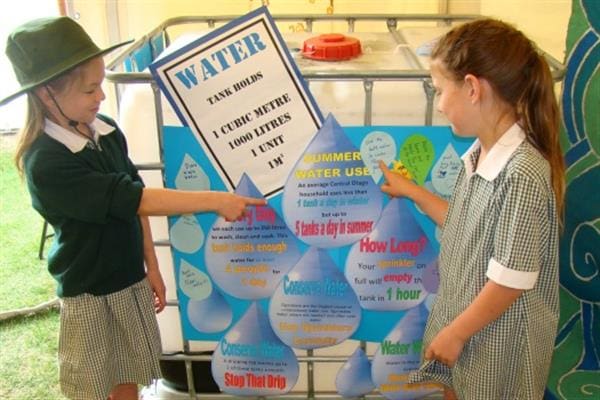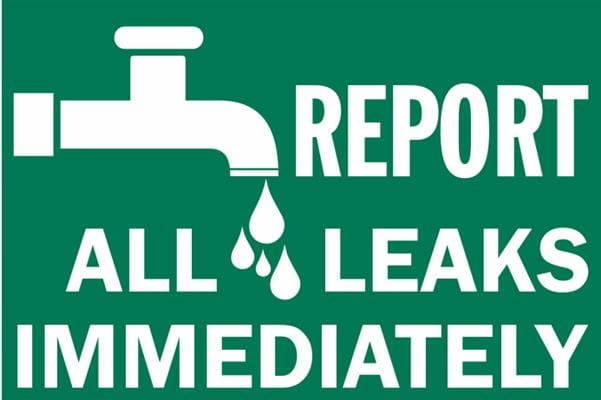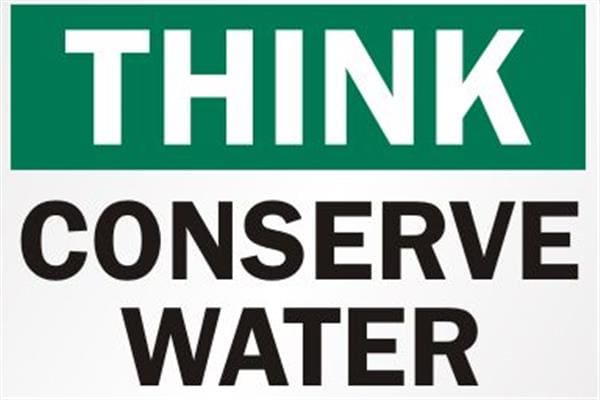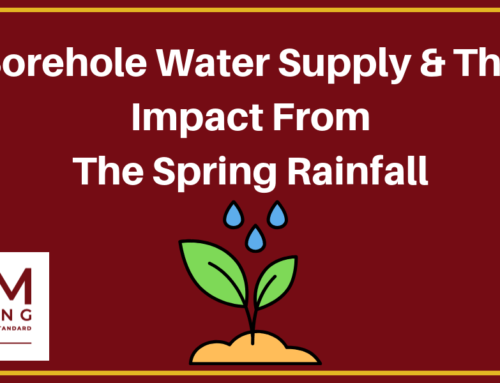18 Super Practical Ways To Save Water Every Day
Thinking about getting a water borehole💦, but don’t really know how it works or where to start?
RPM Drilling can help!!!
Whether it’s on your residential🏠, commercial🏢, industrial🏭 or farming property🚜.
Contact Us To Get A Free Quote Today!
Or Call Us At 023 342 5184 (WORCESTER) 082 568 1163 (PAARL)
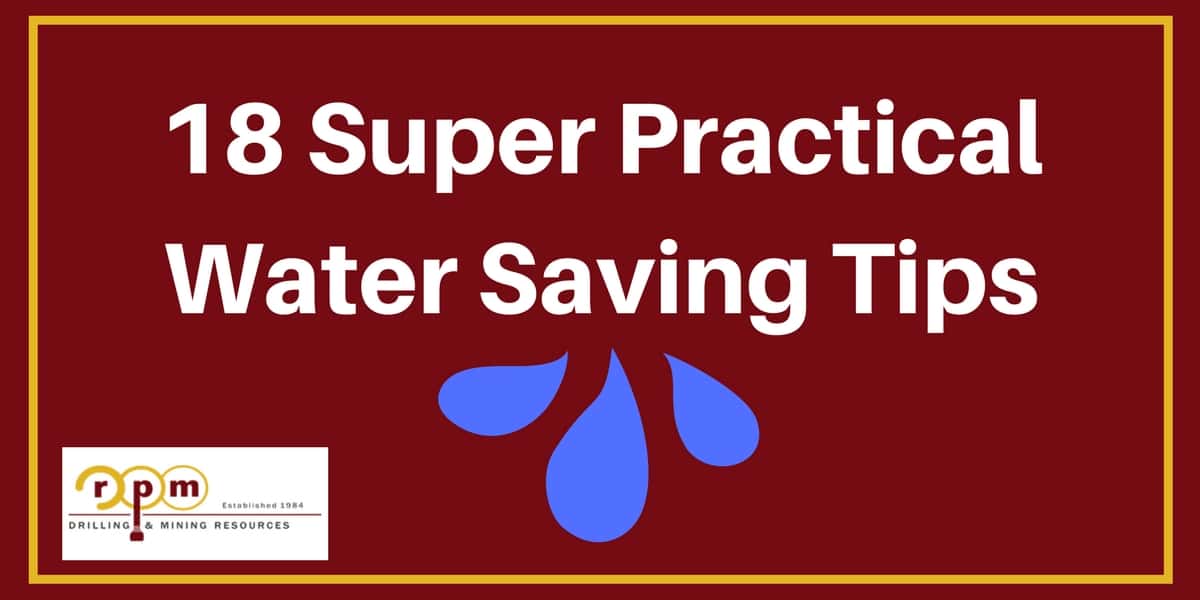
Have you ever wondered how you can contribute to help save and conserve our water resources? There are a lot of articles and blogs that give water saving tips, but this post makes it super practical, hands on and easy to implement, so enjoy!
We’ve all heard the warnings, the radio ads begging us to use non-potable water to flush our toilets, seen the electronic sign boards posted over our national highways begging us to save water and updating us on the (rapidly decreasing and utterly shocking) water-levels in our country’s biggest dams.
But what are you doing to help our country and your region save water?
By providing you with 18 Practical Water Saving Tips You Can Use Every Day we aim to take the hassle out of water saving, and ensure that there is not one single individual left who can say they didn’t know how they could really save water, or they didn’t know how they could really help.
Knowledge is power, and therefore, allow us to educate you, and equip you with the 18 simplest, easiest, and most effective ways to save water (and thereby even save lives) in the midst, and wake, of this drought:
Great Ways to Save Water At Home
1. Saving Water While Taking Showers
If you want to be water-wise, always choose a shower over a bath. An average, comfortable bath will set you back 80 litres of hot water. The average 8-minute shower uses only approximately 60 litres of hot water.
But if that still sounds like a lot of water to waste on a single use, you’re not wrong. That’s why we’d like to teach you a super simple way to save the water from your shower for reuse (in your garden, to flush your toilets, to wash your floors, the list goes on).
The solution to shower water wastage is simple; shower with a bucket!
Great article to save water in the bathroom – Saving Water Partnership, Showers and Baths
Whether it’s a baby bath or a series of old plastic tubs, showering with a water receptacle on the floor of the shower to collect run-off means being able to save and re-use 60 litres of water per person per day on average – 60 litres of water can go a long way!
If this sounds like far too much effort, the least you could do is fit your shower with a new, high-tech low-flow shower head. These shower heads reduce your water consumption by up to 75% without leaving you feeling like you’re standing under a slow drip instead of a shower.
Taking shorter showers also means saving far more water than you may realize. Cutting an 8-minute shower in half means saving 30 litres of water. If you’re feeling adventurous, try a military shower!
Military showers, or “soap and saves” entail running the shower water to get wet, turning it off to soap yourself up and then only turning the water back on again to hose yourself down. While less feasible in frosty winter weather, a military shower in the summer months can save you up to 40 litres of water per person per day!
Finally, ensure that you and your family are not showering every day if it is not called for. Daily bathing is not necessary unless you have partaken in strenuous physical activity and perspired; even then, a warm washcloth and a sink full of water can suffice every now and then.
In fact, dermatologists agree that daily showering can lead to dry skin and a host of associated evils as the hot water and soap products strip our skin of essential oils.
The same goes for your scalp and that’s why hair washing should never be a daily activity – in fact, daily hair washing can cause an oily scalp as your body tries to compensate for the essential oils stripped by over-shampooing your hair!
2. Dishes & Laundry Water Can Be Used Again
There are a myriad of ways to save water in and around the kitchen and laundry-room.
One of the quickest, easiest ways to save water is by capturing the “warm-up” water when you wash dishes or do any of your hand washing in the laundry. This can be easily achieved by placing a bowl or bucket under the tap while you let the water run to warm up.
This “warm-up water” can then be used to rinse the dishes, or the clothing, or can be used to water a plant, flush a toilet, or even be put in the fridge and kept as a cool, refreshing drink for after the hard work has been done.
If you’re up for greywater recycling, capturing the runoff from your dishwasher or washing machine in a reservoir or large plastic bins means you can flush toilets, water gardens, or even wash the dog without having to use more potable water!
Of course!
If you intend to use greywater to water your garden, or wash your dogs, you should make sure that you are not using harsh chemicals in your dish washing or laundry processes.
Use eco-friendly, biodegradable detergents instead of harsh soaps and chemicals, and avoid watering fruits and veggies you intend to consume with greywater.
3. Fixing That Unnecessary Leaks Around The House
Not sure if you even have leaks to fix?
Here are some quick and easy ways to check:
Toilet:
If you want to check for a leak in your toilet, drop a couple of drops of food colouring into your toilet tank or cistern and wait 24 hours.
If, after 24 hours, the water in the toilet bowl has changed colour and matches the colour of the water in the cistern without your having flushed the toilet, it means you have a leak.
Taps:
Leave a bowl underneath taps, or the plug in the sink, overnight and check if any water has accumulated by the morning, if so, you have a leak.
If you don’t know how to fix leaks yourself, or don’t mind continuing in this fashion, you can always avoid water wastage from a leaky tap by just continuing to collect the dripping water in a bowl or bucket and using it elsewhere instead of sending it straight down the drain.
Interesting read on how to fix water leaks – DIY Guide to finding & fixing water leaks
You can also take a look at our other articles.



Simple Water Saving Tips For The Garden
4. Watering Times Play A Great Role To Save Water
If you’re going to be watering your garden or fruit and vegetable patch with potable water, as opposed to with greywater, you should at least be doing so in the most efficient, and water-wise way possible.
This is why, when municipalities impose water restrictions, they come with a garden watering guideline. Usually these guidelines stipulate a time of day and duration for which you are allowed to water your garden.
As a general rule: Water your garden before 10:00 or after 16:00.
A great article about how you can save water with efficient irrigation – Smart Landscaping: A Guide to Water-Efficient Irrigation
However; avoid watering your garden at night during winter if you want to prevent frost damage to your plants.
Also, avoid watering your garden at night in the height of summer if you are concerned about fungal diseases.
Finally, it is important to note that watering your garden before midday allows water enough time to reach your plants’ root systems before the midday sun starts to accelerate the evaporation processes.
5. Choose The Right Plants To Conserve Our Water Resources
Without green plant matter, just like without potable water, we cannot survive. This is because plants photosynthesize and convert carbon dioxide into the oxygen we breath.
However, during times of water crisis and drought, it becomes more important than ever to plant water-wise plants.
Water-wise plants are hardy plants that thrive in dry climates or can thrive being watered with greywater as opposed to potable water.
Fruits and veggies can thus be water-wise plants even though they should not be watered with greywater, if they can thrive in a dry climate, as some can and do.
If you like flowers, here is a list of plants that flower beautifully even in the driest of conditions:
- Amaranthus,
- Celosia Spicata,
- Cleome Hassleriana,
- Cosmos Bipinnatus,
- Cosmos Sulphureus,
- Eschscholzia Californica,
- Gazania Hybrids,
- Ipomoea Quamoclit,
- Lantana,
- Nicotiana,
- Petunia,
- Portulaca,
- Sanvitalia Procumbens,
- Tagetes,
- Verbena Peruviana,
- Verbena Tenuisecta,
- Zinnia Elegans,
- Tithonia Rotundifolia
Pro Tip: If you’re all thumbs and none of them are green, why not plant a succulent or cactus garden? Cacti and other succulents require minimal attention, effort, and water, and help produces oxygen for a world ravaged by the effects of deforestation.
6. Plan Your Garden & Get The Most Out Of Your Water
Planning your garden beforehand and assessing the amount of water which plants will need when as they grow, means you can plant strategically.
If, for example, your property is uneven or has a slope, and you want to plant both a tree that needs lots of water every other day, and a succulent garden that needs very little water very infrequently. Plant the tree on the hill or slope, and the succulent garden at its foot.
Interesting blog post – 10 Tips for Saving Water in the Garden, Houselogic
How Water Borehole Drilling Help Manage Our Water Resources
By doing that you are ensuring that the run-off from watering the tree is more than sufficient for the succulent garden, saving you to water the succulent garden as well as the tree and thereby saving water.
If you neglected to plan your garden and the positioning of the succulent garden and tree, for example, the run-off from watering the tree would be wasted, and the succulent garden would still need to be watered too.
Working smarter keeps your garden organized and saves you money as well.
Ideas To Save Water In The Office Environment
7. Make Sure You Educate & Train Your Employees
Many of the water saving tips employable in the home are applicable to and employable in the work-space or office environment as well.
Educate employees on the water saving techniques you employ at home and start saving water in the office as well!
Bring buckets or bowls from home and catch greywater from hand washing that can then be used to flush toilets.
Switch the office over to eco-friendly toilet paper that requires less water and force to flush it, and is biodegradable.
Related Articles to saving water in the office
– Saving Water – Tips for Commercial, Industrial and Institutional Water Use, Home-Water-Works .org
– How to Save Water, westerncape.go.za
Put posters up around the office to remind employees to be water-wise and conscious of their water consumption.
Send an office-wide email or memo reminding employees about water restrictions, and educating them on water saving techniques that they can implement at work and at home.
Make water saving and water consumption consciousness company policy and make a difference today!
8. Create Incentives To Boost Awareness In The Office
Incentivizing water consumption consciousness and water saving can be tricky, but it is not impossible.
You could, for example, reward reporting leaky taps if the report leads to a leaky tap being fixed and water, therefore, being saved.
You could also issue a call for volunteer tap-checkers, water catchment collectors, and group educators who can teach other members of the staff water saving methods and techniques that have worked for them.
These volunteers could be rewarded for their efforts, thereby incentivizing water saving and water consumption consciousness among employees.
However, you don’t only need to think about internal incentives!
Why not incentivize community participation?
Be at the forefront of the quest to save water!
For example: reward community members for switching to low-flow shower heads and/or other water fixtures by offering them discounts or tangible goods rewards for purchasing low-flow fittings at your place of business or from a partner company.
Its also a great idea to reward customers for turning in old non-low-flow fittings that they have upgraded from.
Your company can always sell these fittings as scrap metal and recover the cost of the incentive rewards, as well as contribute to global and local recycling efforts!
9. Develop A Water Management Plan For The Office
Drafting a water management plan for the office means assessing current water usage, setting benchmarks for the future, generating a company vision and mission statement pertaining to the company’s treatment of or views on water consumption and recycling.
There are a host of other such administrative and strategic brainstorming and documentation procedures; i.e. a mountain of paperwork.

While a mountain of paperwork may seem daunting, or even if you think employees aren’t actually going to read it, it has been proven time and time again that we cannot truly work toward achieving goals that don’t exist on paper.
By taking the time to draft a water management plan for the office, and distributing it to your employees, your company can have a measurable, even great, impact on water consumption at work and even in your employees’ immediate communities and environments as they carry their good habits home.
You can also take a look at our other articles.



3 Ways To Conserve Water In Industry
10. Get A Water Audit To Easier Track Water Usage
A water audit is basically exactly what it sounds like. Its almost like a tax audit, but for your water usage.
A water audit is always useful, especially when your water consumption numbers don’t align with the industry benchmark. If your total water consumption exceeds the benchmark value, a water audit can help you identify problem areas, i.e. areas using more water than the industry standard, so that you can address this water wastage.
If your total water consumption is below the industry benchmark then you are doing something right in the quest to save water.
If you don’t already know what that “something” is, a water audit can help you identify the key ways in which you are saving water.
These methods, tricks or techniques can then be implemented across the board and can bring down the average total water consumption numbers for the entire industry!
11. Install Water Efficient Devices Throughout The Building
If your building is not already fitted with high tech slow-flow fittings, now might be the right time to invest.
Not only will you be doing your part for the country and our environment, but you’ll save on your utilities bill as well.
The penalty the municipality is slamming individuals and businesses with for using water in excess is phenomenal – save water, save the planet, and save money by installing water efficient devices throughout the building.
Pro Tip: Shower heads and taps are not the only fittings that can be water efficient. These days there are also a number of water-wise toilets on the market. At the very least, drop a brick or two in the back of each toilet tank or cistern in the building, or teach your employees to flush using greywater run-off from the industrial processes.
12. Focus On Ways To Recycle Water To Use Again
Speaking of which, recycling the vast amounts of water used in industry is key to reducing potable water usage.
This could mean cooling and then reusing the same water to cool multiple parts of machinery back to back instead of using a constant flow of cold water that then goes straight down the drain.
It could mean using the run-off from industrial processes, such as cooling parts, to flush toilets in the building.
You can also install rainwater catchment devices to supplement, and thereby reduce the amount of potable water used for these kinds of processes wherever possible.
Further reading
– Water Borehole Drilling Process [In Only 4 Steps]
How To Save Water At School
13. Get Everyone Involved With Projects & Campaigns
When teaching the water cycle in geography class, teach children their roles and responsibilities in it.
In a Life Orientation class, teach children about social rights and responsibilities as well as privileges – by keeping it focused on water, access to it, money paid for it, recycling it etc.
Getting everyone involved means educating our children and making conscientious consumption a priority for them from day one.
Creating more awareness also means getting all their teachers involved in teaching water-wise attitudes.

You can also make use of circulating flyers to parents and sending children home to catalogue water-saving methods employed at home – even if this means the children need to resort to implementing them themselves so that they can complete the assignment and photo-document it.
The community as a whole should be supporting the school in teaching conscientious water consumption and water saving techniques.
14. Launch A Water Saving Awareness Campaign
A water saving awareness campaign can become a school project!
Have children get into groups and brainstorm ideas for a water saving awareness campaign. Have them think through advertising strategies, visibility, impact etc.
The students can design posters and compete for the winning design which can then be duplicated and hung all over the school.
Involve the local newspaper to come and write a piece on the project and print the top 5 posters in the local interest section of the weekend paper.
Pro Tip: You can incentivize water saving in schools in the same way in which you can incentivize water saving in the workplace. Reward children who report leaky taps or other forms of water wastage. Put up posters in restrooms etc. clearly indicating who the students should report faulty or leaky plumbing to.
15. Hold Competitions For Students To Get Creative With New Ideas
Children are usually competitive by nature.
By turning water saving and idea generation into a game you are all but guaranteed to hold students’ interest.
Have students brainstorm for new ways to save water – they may surprise you and come up with an idea you never would have thought of on your own.
Make the competition on-going and drive the students to actually implement those ideas you’ve deemed safe and feasible.
Interesting Articles:
– Kids Need To Know The Fundamentals On How To Save Water, News24.com
– Make Saving Water Part of Your Back-To-School Routine, ThePlumber.com
– Students Illustrate Creative Ways Save Water, SEQWater.com
The school can even do a science experiment of it. Implement the top 3 ideas for a month and calculate which water saving technique the kids came up with has saved the most water by the end of said month.
The student, or group of children, who came up with the idea that saved the most water wins a prize. If the idea proves truly effective, have the children help implement the idea all over the school and at home!
You can also take a look at our other articles.



Water Saving Ideas For Public Places
16. Use Signs To Create More Awareness & Promote Water Saving
Municipalities, body corporates, building management teams, site inspectors, and similar authorities should be doing all they can to educate users of water in their facilities on water saving techniques.
Signs can be strategically placed around public areas that aim to educate the public on how the space aims to save water are also useful.
Pro Tip: Did you know that “Did you know”-type posters really tend to get people’s attention. Think about putting “Did you know”-type posters related to water usage and water saving techniques up in your public access spaces and see how quickly they make an impact. For example, try a poster like:
Did you know? It takes the average Joe approximately a minute to wash their hands. In that minute the average Joe will have wasted 3 litres of potable water.
But, if you use sensor devices like we do to turn the water on and off, and soap your hands without the water running, you can wash your hands in as little as 500ml of running water!
Rinse your hands under running water for as little time as possible and see if you can beat current record holder, Sarah De Lima, who managed to use running water for only 3 seconds total!
By stimulating the competitive reflex, most people will try and let the water run for less than 3 seconds total, saving litre upon litre of water every day!
17. Install Low-flow Devices In Public Restrooms
That being said, all public access spaces should be fully equipped with low-flow, sensor activated devices.
Not only is it far more hygienic to have the water turn on and off with a sensor than by having everyone touch the same grimy tap, but it saves litres of water per day too!
This is because low-flow sensor devices are drip-proof and leak proof when fully functional, and cannot be tampered with in the same way a standard tap can.
The reason so many taps in public restrooms and the like are dripping is not because of a slow leak, but rather because nobody wants to hold onto the grimy, dirty, tap that everybody else has touched before them, long enough to close it properly.
Eliminate the ick-factor and install low-flow, sensor activated devices, and save water today!
18. Have A Water Wastage Hotline To Report Any Leaks
While prevention is certainly better than cure, sometimes accidents happen and leaks and malfunctions can lead to water wastage.
The next best thing to never having had a problem in the first place would be to rectify the problem as quickly as humanly possible and with as little water loss as is at all possible.
The easiest way for a member of the public to report a leak would be to have a toll free number prominently displayed in all public water access areas.
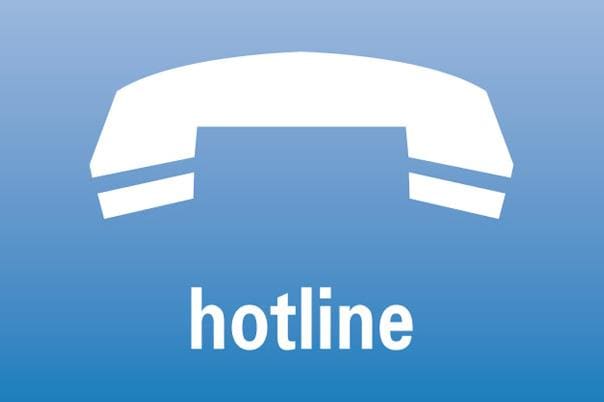
If this is not possible, display a contact number that is not toll free, but also display directions to the nearest centre management, or indicate the nearest security or information kiosk where the fault may be reported on a map, just in case the individual who would like to report the leak does not have airtime or minutes to call the contact number.
Make reporting the problem as effortless for the individual as possible or else they will shrug their shoulders and think the next person will do something about it.
We hope these 18 water saving tips will help you save water at home, in the kitchen, in the laundry, at work, at school and in public with minimal effort and maximum reward!
Remember that it is each and every one of our responsibilities to help save water, save the planet, and save ourselves from the impending water shortage!
Pro Tip: You can contact the Western Cape Water and Sanitation Works to report water and sanitation related emergencies:
Telephone: 0860 103 089
SMS: 31373

